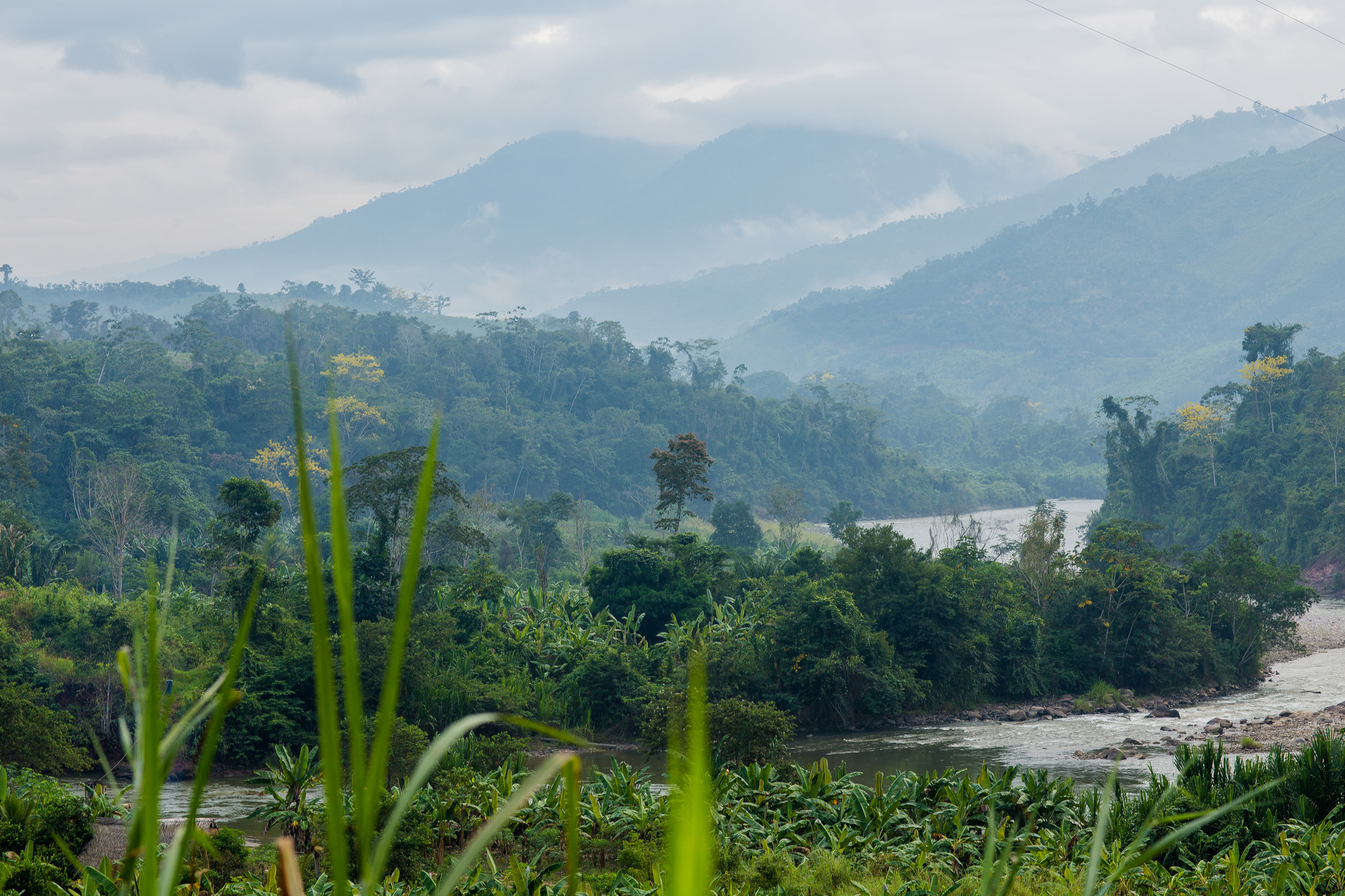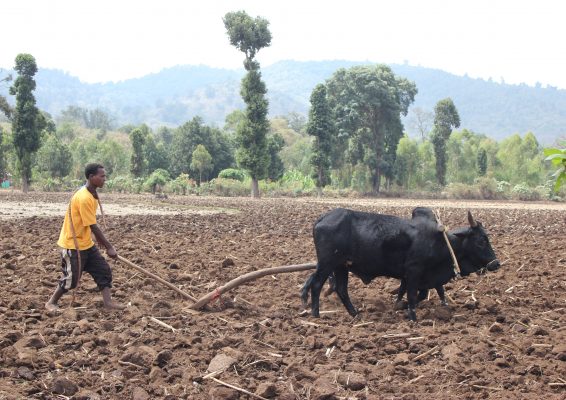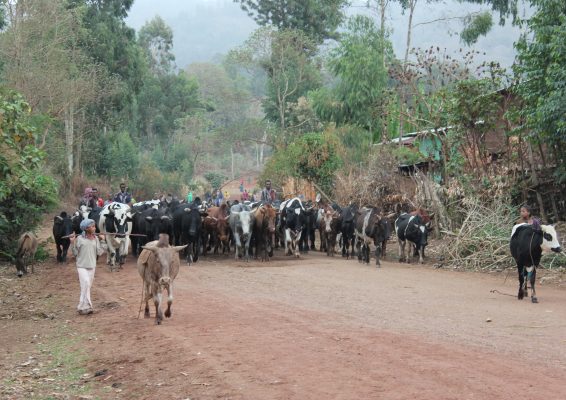How can you keep farms productive for generations while reducing the impact on the environment? In sub-Saharan Africa, the answer might be forests – and cow poo.
Agricultural intensification – producing more food on less land – has relieved the hunger of millions, through a combination of improved crop variety, fertilizers and irrigation. This “Green Revolution” has improved food security in many countries, but it has also had unforeseen environmental and social consequences. Farming the same land over and over can deplete the nutrients in the soil, and to restore them, the conventional approach has relied on chemical fertilizers and fossil-fuel guzzling machinery to distribute them.
‘Sustainable agricultural intensification’ seeks to find another way, and a new study has found promising evidence that retaining forests in agricultural landscapes can have a dramatic effect on the productivity, resilience, sustainability and social equality of nearby farms.
The secret to it all is livestock, says lead author Jean-Yves Duriaux Chavarría, from the International Maize and Wheat Improvement Center (CIMMYT) – and the strength of the results surprised even the researchers, he says.
“We never expected there would be so many positive implications of grazing your cattle in the forests.”
Duriaux Chavarría and colleagues studied a landscape in southern Ethiopia, bordering the state-owned forest of Munesa. “Imagine a savannah kind of landscape with acacia trees – but instead of grass you have wheat, and then on the horizon you have a mountain with a forest, very green and lush.”
Duriaux Chavarría spent several weeks riding around the area on a motorbike, trying to identify a site that would provide grounds for the perfect ‘natural experiment’ that he and co-author Frédéric Baudron, also of CIMMYT, had in mind: a gradient of zones that were otherwise similar but differed in their distance from the forest. One was right on the border, one 5.5 kilometers away, and one 11 kilometers away, near a major town.
“Our hypothesis was that the more intensive or simplified landscapes, closer to markets, would be more productive than the more ‘nature-friendly’ ones near the forest,” says Duriaux Chavarría.
That wasn’t the case. In fact, all three sites were practically indistinguishable in terms of total farm productivity – the amount of food energy the landscape produced. The villages near the forest had much higher livestock productivity, without compromising on crop productivity, either.



